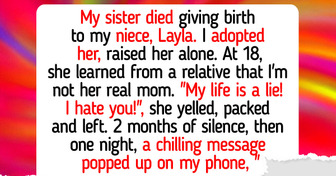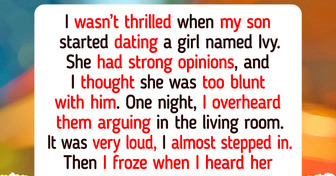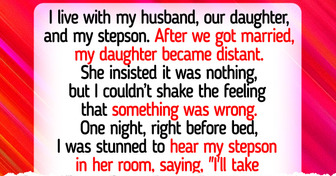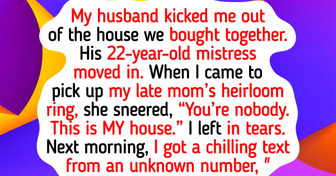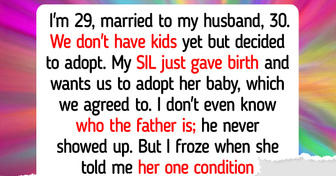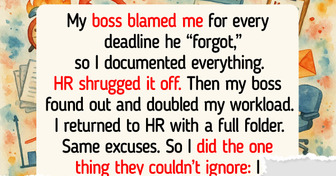What Neckline to Choose According to Your Body Type

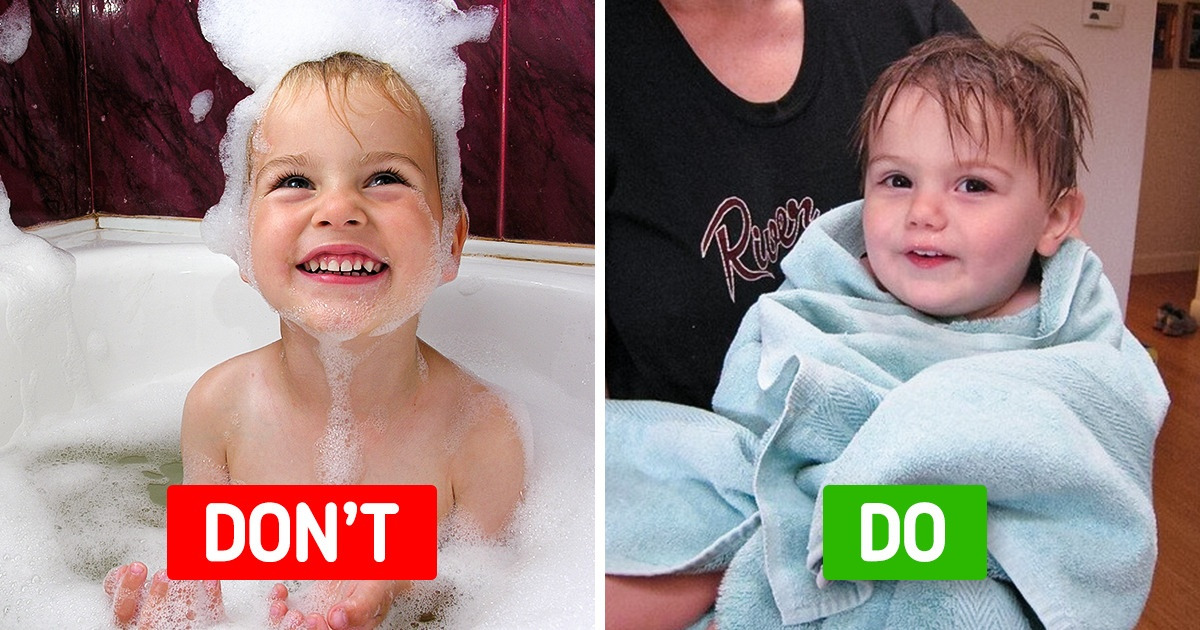
We’ve all gotten used to how our parents and grannies took care of us and we copy their methods without giving them a second thought. But bathing a baby is one of those things where important guidelines help keep everyone clean and safe. And it is always great to have some science on our side, even in such seemingly simple matters.
We at Bright Side have found 8 of the most useful tips that will show you what to do and when enough is enough. They’ll be truly beneficial to your baby’s health and well-being.
Many parents like to bathe their children every single day. Though, 3 times a week should be more than sufficient unless they get really dirty playing in the mud or something. There’s no real need for a daily full-body bath, especially because it may cause some skin problems. Needless to say, even adult skin can become extremely dry after this type of obsessive skincare. Children’s skin is way more sensitive than ours.
Instead of an everyday full-body bath, we can just wash their hands and face and any other dirty parts. It’s only necessary to make sure we get all the food out of their hair or all the mud from between their toes. Yes, toddlers get into everything and become pretty dirty. But it takes only 5 minutes to give them a bath before bed. Plus, it’s just enough for the water to stay warm, feel soothing, and be enjoyable, especially during the wintertime.
A toddler’s skin is extremely sensitive. So, when looking for a perfect baby bath sponge it’s better to choose something soft and hypoallergenic. It should be one that is easy to clean, easy to grab, and easy to hold onto. If there’s a fancy design, it’s a plus since the child will be happy to have one more little toy to play with and splash water around with.
Before the bath, make sure that all the necessary supplies are within reach of the tub. This is extremely important because a child shouldn’t be left unattended no matter what. All the shampoo, soap, clean clothes, towels, blankets, and diapers should always be near so you can reach them without losing contact with your child. If somebody rings the doorbell it’s also necessary to take the baby out of the tub, wrap them up in a towel, and take them with you.
When bathing babies, special attention should be paid to the creases under the arms, behind the ears, around the neck, and, of course, in the private areas. These are the most essential parts, so there’s no need to scrub their whole body every single day. Once you have washed them, make sure you’ve dried them properly. Afterward, put a diaper on them and dress them.
Gently wash your baby’s head and hair, massaging it with the pads of your fingers or a soft baby hairbrush. Cup your hand across their forehead so no shampoo or water will run into the baby’s eyes. But the best and coolest solution is a waterproof shower cap. It is cheap and handy, and will easily help to protect your child and let them really enjoy the bath.
Wash your hands carefully and dampen a washcloth (or cotton ball) using clean water. Try the water temperature on yourself and only then on the child. Have them lie back and close their eyes. Wipe each of them from the inner to the outer corner. Use different cotton balls to clean each eye, this way you prevent spreading eye infections. This procedure may be performed before the bath.
You can try to use nasal saline, a bulb syringe, or a nasal aspirator. It is good for hygiene and can ease your baby’s breathing. And the whole procedure may also be done during bath time. Just avoid sticking anything in your baby’s nose to clean it. Never use cotton swabs, tissues, or cotton balls because it’s too dangerous and can do more harm than good.
Ideally, our ears are self-cleaning and the only time we should ever touch them is if they’re itching, blocked, or causing some pain. Anyway, the smoothest way to clean them up is with wax removal eardrops, though only under the supervision of a pediatrician. Only a doctor can let you know for sure whether the baby’s ear wax needs to be removed at all, and recommend how to do it without any risk of harming your baby’s ears.
Baby’s fingernails grow very fast so we may need to cut them quite regularly, like every week or so. Their toenails usually take longer to grow so they can be cut once a month. To do this, use the smallest nail trimmer you have or even buy one that is specially designed for babies. Just don’t trim too close to the skin and do it as slowly and gently as possible.
What other useful tips have you figured out while taking care of your baby? Please share your experience with us in the comments below.

